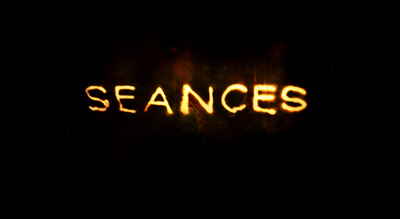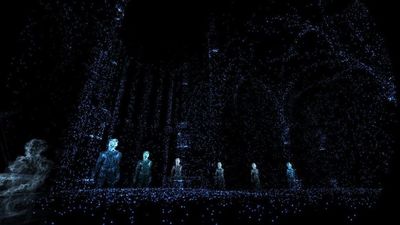
BY ZACHARY WIGON |
Under The Hood: 'Boyhood' and Segmented Storytelling
What the NYFCC winner can teach filmmakers about narrative cause-and-effect.

With a whole awards season set to rain down some accolades upon Richard Linklater's rapturously received Boyhood, it's perhaps time for Under The Hood to take a look at what the successful film can teach us about storytelling strategies. One of the most oft-cited things one hears about screenwriting is that "cause and effect" rules the day: that is to say, having each scene be causally linked to the scene after it is the engine of narrative storytelling. Generally speaking, this principle is quite hard to dispute - after all, what makes something a story as opposed to a string of unconnected incidents is the very causality of the events portrayed - but like all principles, it can be stretched and inventively played with in all kinds of ways. Linklater, being something of a structural avant-gardist, is someone who teaches us a lot about what storytellers can get away with in terms of bending - but not breaking - crucial rules such as this one.
Linklater is able to keep the film hewed to a cause and effect framework even as he eschews the basics of such a framework.
What's fascinating about Boyhood is that, at arm's length, the story does almost seem to be constructed as a series of events, connected or disconnected to varying degrees, that occur over the course of Mason's childhood. After all, the "plot" of Boyhood is nothing so much as a young man's very journey growing up - grand in narrative scale and ambition, but unspecific in narrative focus. Right? Wrong. Linklater is able to keep the film hewed to a cause and effect framework even as he eschews the basics of such a framework. How does he do this?
He does it by calling attention to the central choice of the film - that it was really made over a period of twelve years, with each year-jump being apparent to the audience as Mason visibility grows. While the narrative may not be presented with a ton of cause and effect on the script level, the fact that the year-jumps are so apparent places the audience in the position of being forced to draw some cause and effect thoughts about what is happening to Mason. Each time we see the film jump a year forward in time we are automatically placed into a position of curiosity: what has changed with respect to Mason's character in the interceding year? Why might these changes have taken place?
The film is structured in a beautiful cause and effect chain, but it is a chain constructed as much by the audience's comprehension of the film as it is the filmmaker drawing a map for the audience to follow.
In investigating the answers to these questions, we are forced to think about what came before and how it may have caused the effects we are seeing taking place in Mason in the present. As such, the film is structured in a beautiful cause and effect chain, but it is a chain constructed as much by the audience's comprehension of the film as it is the filmmaker drawing a map for the audience to follow. In so doing, Linklater is able to simultaneously exploit and circumvent a narrative storytelling standby in an extremely clever fashion. Filmmakers looking to create an engaging narrative structure while simultaneously avoiding some of the more formulaic modes of cinematic storytelling would do well to study Linklater's approach here, as well as in plenty of his other structurally adventurous films.

